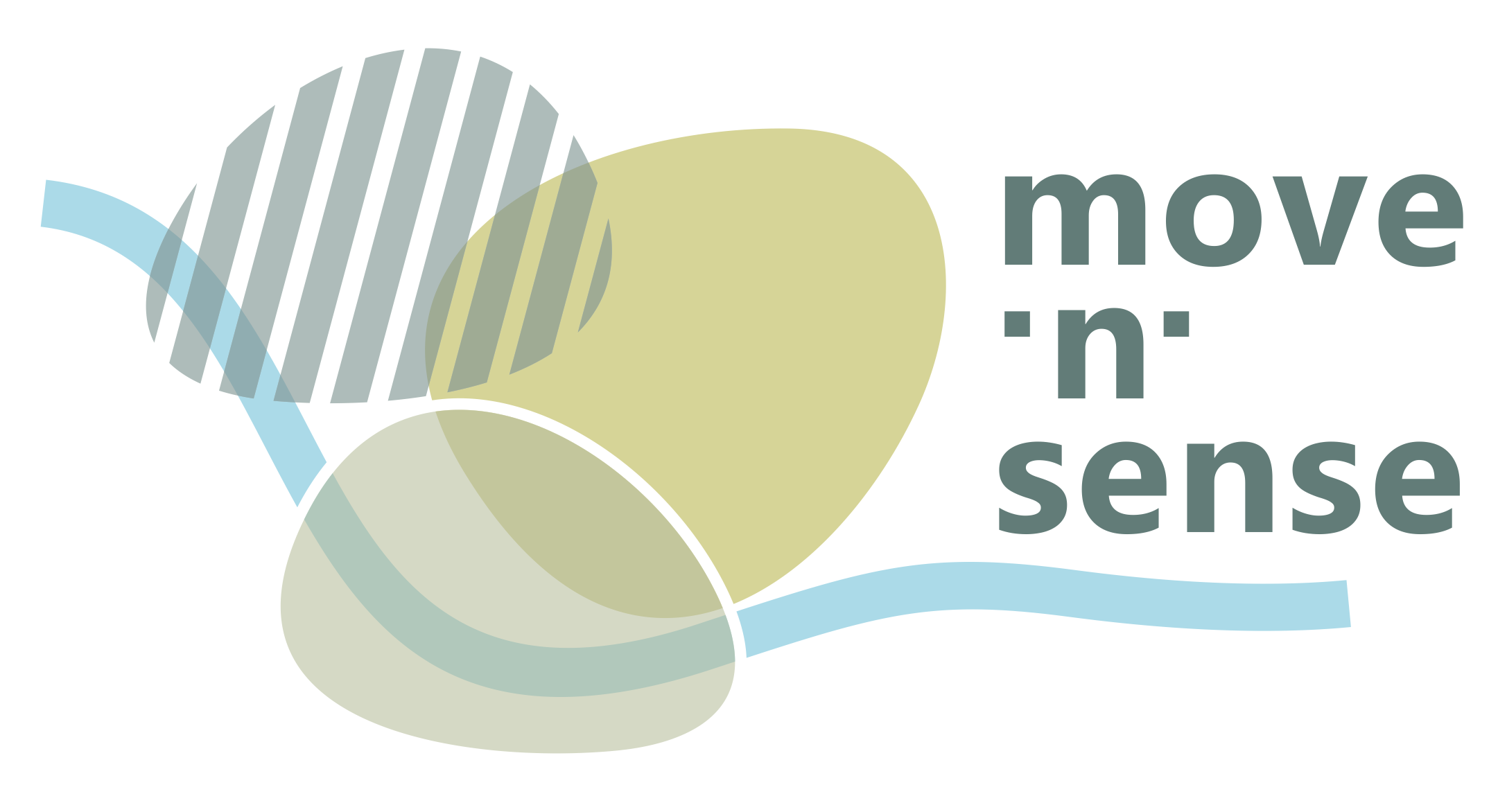Research approach
Rivers are social-ecological systems that offer various benefits for people’s livelihoods, while often creating natural and administrative boundaries, especially in national border contexts. Despite the need and requirements for cross-border cooperation for sustainable river development, formal landscape planning instruments are limited within the national border. In contrast, and specifically within the European Union, borders do not represent a limit for people’s mobility, instead people are constantly on the move. Cross border regions, such as the Odra river region dividing Poland and Germany, offer a special case for investigating the relation between different types of mobility and senses of place as well as the potential for environmental stewardship. While open borders allow cross-border activities, the historic burden and socio-economic differences still create a division between both sites of the border, provoking very specific mobility patterns. Simultaneously, the rapid advance of Internet of Things supports new forms of corporal as well as virtual travel.
These trends in people’s mobility call for new governance approaches in sustainable river management, where people can act as environmental stewards overcoming administrative boundaries. Environmental stewardship has shown to be closely linked to senses of place, the emotional and cognitive connections between people and places. Concurrently, mobility provokes that people are confronted with new places, which forces a rethink of how we understand senses of place. In contrast to essentialist perspectives of senses of place, which are related to assumptions of sedentarism, the more progressive understanding accounts for a dynamic lifestyle, assuming mobility as the natural human condition. However, empirical studies are still scarce, that (1) consider people’s everyday life environments, (2) view both approaches (essentialist and progressive) as complementary, and (3) account for the different types of mobility, such as physical or digital.
Objectives
Objective 2
Elicit citizens’ directly perceived and socially and culturally constructed sense of place in natural and semi-natural landscapes accounting for essentialist and progressive perspectives
Objective 3
Evoke the influence of mobility patterns on senses of place and environmental stewardship
Objective 4
Develop environmental stewardship nudges for integrated river landscape management
Methodological Approach
The methodological approach to these study objectives is the development of a conceptual framework based on a literature review.
Moreover, semi-structured interviews will be conducted as well as an online participatory mapping survey (PPGIS) used. Insights on the connection between mobility and sense of place will be gained through a spatial navigational method. Physical homogeneity (essentialist) vs. heterogeneity (progressive) characteristics of place will be assessed through photograph and landscape analysis.
Our work program consists of four work packages, which lead to at least one scientific paper and are connected to the four research objectives.

